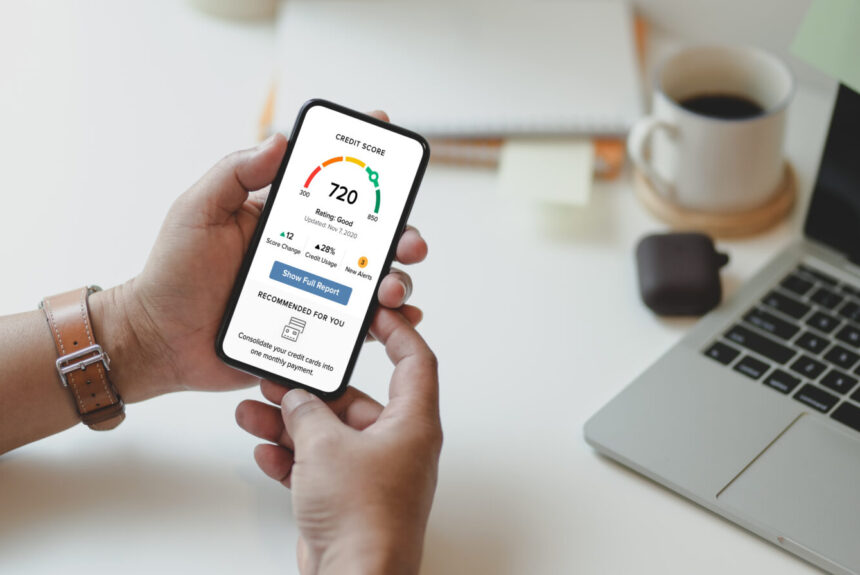
The FICO auto score is a credit rating used by car loan lender to evaluate potential borrowers. It comprises a base FICO Score and an industry-specific overlay score card. The industry-specific overlay scores cards address auto debt risk, while the base FICO score provides a general indicator for financial health.
Variables in your FICO Auto Score
The FICO auto score is a score that lenders use to determine if you're a good candidate for auto loan approval. Although it has many variations, the FICO auto score is still the most commonly used score by lenders. FICO 9 is the most recent version. It was introduced in 2014. It is available at all three major credit bureaus. It is important to know how each variable is weighted in order to improve your score.

Credit bureaus receive information from many sources. These include debt collectors, loan companies, and others. You should also keep in mind that not all businesses report to all three agencies. Your FICO score, which is a composite of credit reports, may not be 100% accurate.
Variables in VantageScore credit score
Your credit score is based on various factors, including your payment history and the age of your credit accounts. These variables are responsible for 61%. FICO allocates 35% of the weight for payment history, 10% for new credit lines, and 15% for overall credit history. Both credit scores penalize late payment equally. Your score can be raised by responsibly using credit and making timely payments.
VantageScore 4.0 is the latest VantageScore credit model. It uses longer histories to give a more comprehensive picture of a borrower’s past credit history. TransUnion, Experian, and TransUnion have different reporting requirements. This makes VantageScore more reliable.
How to access FICO’s auto score
The FICO score is a useful tool for those who are looking to buy a car. It is also useful for keeping track of your credit history. While the FICO base score can be used to assess your creditworthiness, it is not specific to auto loans. There are many versions. It can range from 250 to 900. The most recent version, which was released in June 2016, uses trended data derived from TransUnion's CreditVision Data. It covers a period of 30 months.

An increase in your FICO score can help you get approved for a loan and can even lead to a lower interest rate. A credit monitoring service may allow you to access your FICO Auto Score depending on your financial situation. But, these services may not always be the same as your lender's. Many lenders use one or more of these credit bureaus for their auto scores. You need to find out which one is available.